Cocoa powder — the essential, aromatic heart of every chocolate creation — is one of the most beloved and versatile ingredients in the global food industry. From decadent cakes to luxurious beverages and fine confections, it plays a crucial role in kitchens and factories worldwide. But behind every spoonful lies a complex global supply chain that begins with cocoa beans, ultimately transformed into fine cocoa powder. So, which country stands as the largest cocoa powder producer in the world? This thesis dives deep into the world of cocoa, revealing the top producer and the intricate processes behind this flavorful industry.
Introduction: Understanding Cocoa Powder and Its Importance
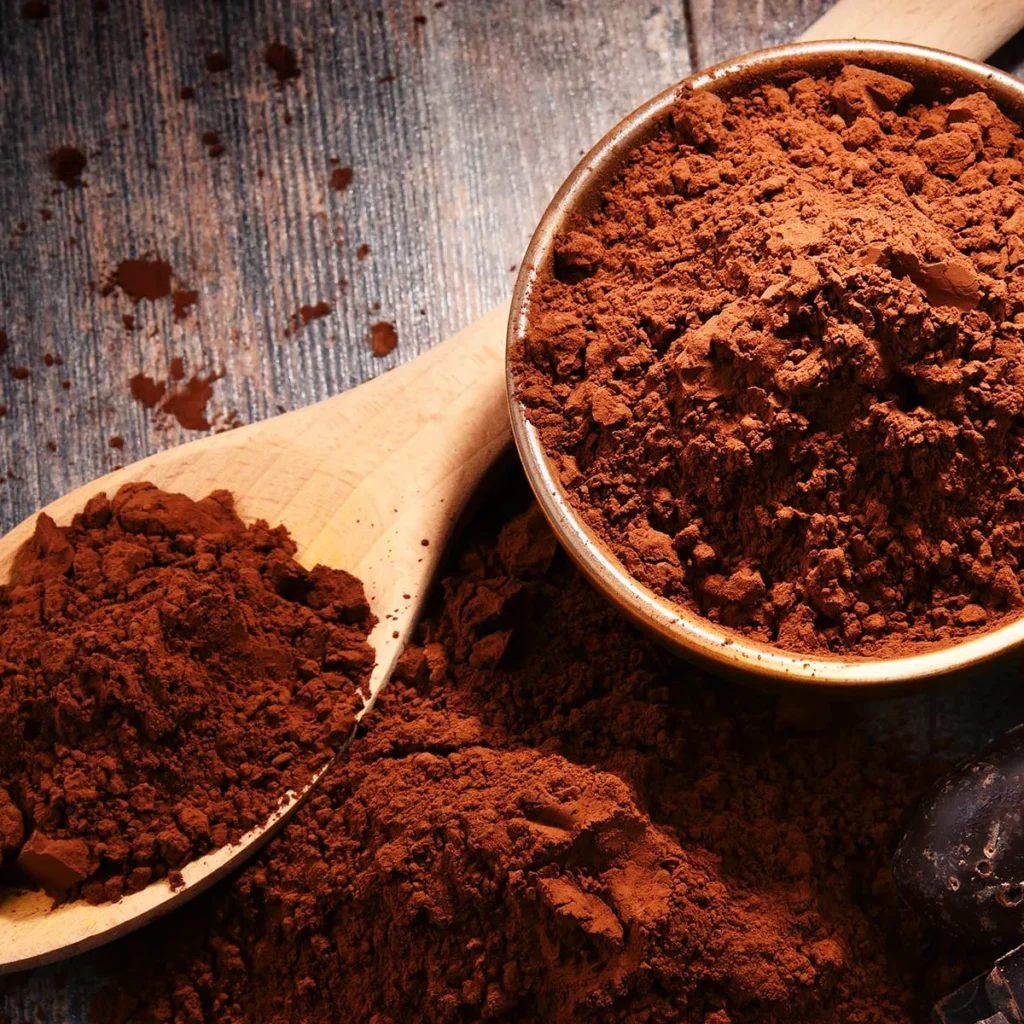
Cocoa powder is the product of roasted, fermented, and pressed cocoa beans. After extracting cocoa butter, the remaining solids are ground into fine powder, which we commonly use in cooking and baking. It is categorized into:
- Natural Cocoa Powder – acidic, used in baking soda-leavened recipes
- Dutch-Processed (Alkalized) Cocoa Powder – treated to neutralize acidity, giving a milder taste and darker color
This product is not only essential for its taste and texture in chocolate production, but also valuable in the cosmetics and nutraceutical industries due to its antioxidant-rich content.
Global cocoa powder demand continues to grow, driven by rising chocolate consumption, the booming bakery industry, and the increasing use of cocoa-based health products.
The Global Cocoa Industry: An Overview

The global cocoa industry is divided into two primary segments:
- Cocoa Bean Producers – Countries where cocoa is grown and harvested
- Cocoa Processors – Countries that import cocoa beans and process them into butter, liquor, and powder
The top cocoa-growing countries are primarily located in West Africa, with Côte d’Ivoire, Ghana, and Nigeria among the leaders. However, the top cocoa powder producers are often not the same, as processing capabilities are usually concentrated in countries with robust industrial infrastructure and access to international markets.
The Netherlands: The Largest Cocoa Powder Producer in the World
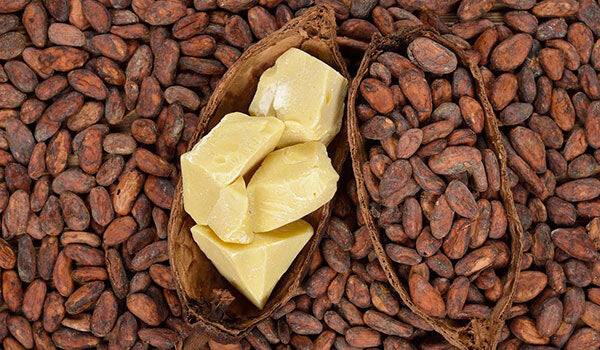
When it comes to cocoa powder production, the Netherlands stands as the largest producer in the world. Though it does not grow cocoa beans itself, it processes vast quantities imported from major cocoa-growing countries.
Why the Netherlands Leads in Cocoa Powder Production
1. Strategic Port Infrastructure: Port of Amsterdam
The Netherlands imports more cocoa beans than any other country in the world. The Port of Amsterdam is the largest cocoa port globally, handling over 600,000 metric tons of cocoa beans annually. Its geographic position allows easy import from West Africa and export to Europe, North America, and Asia.
2. World-Class Processing Facilities
The Netherlands houses the world’s leading cocoa processing plants, including major companies like:
- Olam Cocoa (Netherlands-based processing hub)
- Cargill Cocoa & Chocolate
- Barry Callebaut
These companies have invested heavily in modern machinery, R&D, and sustainability programs. Olam’s facility in Koog aan de Zaan and Cargill’s in Wormer are among the largest cocoa grinding plants globally.
3. Advanced Technology and R&D
The Dutch processing industry uses sophisticated methods such as alkalization, precision roasting, and high-efficiency pressing to produce various grades of cocoa powder suited for food, drink, cosmetic, and pharmaceutical industries.
4. Sustainability Leadership
Dutch companies are pioneers in sustainable cocoa initiatives. Collaborations like The Dutch Initiative on Sustainable Cocoa (DISCO) are committed to ethical sourcing, environmental responsibility, and farmer welfare.
Key Statistics Supporting the Netherlands’ Dominance

- Cocoa Bean Import Volume (2023): Over 750,000 metric tons
- Cocoa Grinding Capacity: Approximately 550,000+ metric tons annually
- Cocoa Powder Production: Estimated 270,000+ metric tons annually
- Export Markets: Europe (Germany, UK, France), USA, Canada, China, Japan
Other Leading Cocoa Powder Producers
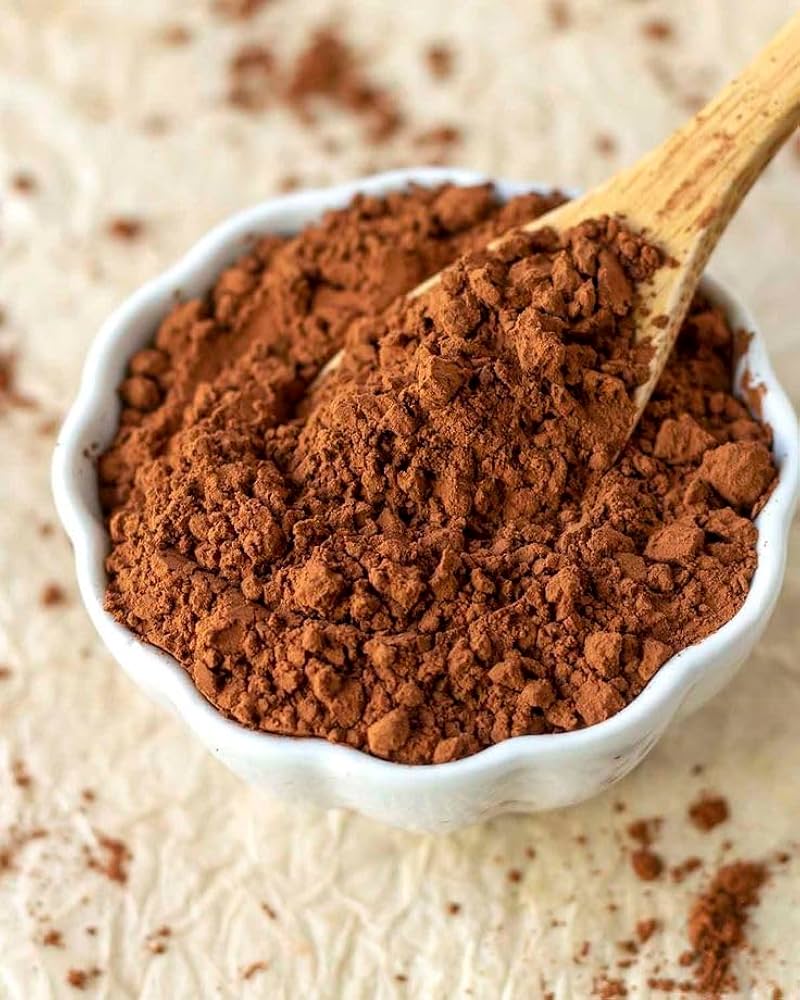
While the Netherlands is number one, several other countries also contribute significantly to global cocoa powder production:
1. Germany
Germany is Europe’s second-largest cocoa processor, hosting facilities of Barry Callebaut and other confectionery giants like Ritter Sport and Lindt. Its advanced food processing industry helps it produce a substantial quantity of cocoa powder for internal and export use.
2. Ivory Coast (Côte d’Ivoire)
Though better known as the world’s largest cocoa bean producer, Côte d’Ivoire has recently expanded its domestic processing capacity. Government initiatives encourage bean-to-bar production, and companies like CEMOI and Barry Callebaut operate local plants. Cocoa powder output is increasing, but it remains behind industrialized nations.
3. United States
Home to companies like The Hershey Company and Blommer Chocolate, the U.S. is a major cocoa powder producer. While it does not grow cocoa, it imports beans and processes them into chocolate, butter, and powder. The U.S. also serves as a top consumer of cocoa powder.
4. Malaysia and Indonesia
These Southeast Asian countries have seen rising cocoa processing activity. Companies like Guan Chong Berhad (Malaysia) and BT Cocoa (Indonesia) are increasing cocoa powder exports, especially to Asian and Middle Eastern markets.
5. France and Belgium
Both countries host high-end chocolate industries and serve as regional hubs for processing cocoa into powder and luxury chocolate products. They benefit from proximity to African suppliers and EU infrastructure.
The Cocoa Processing Chain: From Bean to Powder
- Harvesting and Fermentation
- Beans are harvested from cocoa pods and fermented to develop flavor.
- Drying and Export
- Beans are sun-dried and shipped to processing countries.
- Roasting and Winnowing
- Beans are roasted, then cracked to remove shells and extract nibs.
- Grinding
- Nibs are ground into cocoa liquor, a mix of cocoa solids and butter.
- Pressing
- Cocoa liquor is hydraulically pressed to separate cocoa butter from solids.
- Powdering
- The resulting cocoa cake is crushed into cocoa powder, ready for use.
Global Cocoa Powder Trade Dynamics
- Top Exporters of Cocoa Powder:
- Netherlands
- Malaysia
- Germany
- Indonesia
- USA
- Top Importers:
- United States
- China
- Germany
- UK
- Japan
- Cocoa powder trade is influenced by food trends, such as:
- Increased chocolate consumption
- Growth of artisanal baking
- Expansion of the health food sector (due to antioxidants in cocoa)
Challenges Facing Cocoa Powder Producers
Despite steady demand, the industry faces multiple challenges:
- Sustainability and Child Labor Concerns
- The supply chain often includes regions with labor and environmental issues. Consumers and regulators are demanding transparency and ethical sourcing.
- Price Volatility
- Cocoa prices are subject to fluctuations due to weather, disease, and geopolitical instability in growing regions.
- Climate Change
- Cocoa farms, primarily in equatorial regions, are vulnerable to rising temperatures and erratic rainfall, threatening long-term supply.
- Competition from Alternatives
- As plant-based and synthetic flavor technologies advance, cocoa alternatives are emerging, though still niche.
Conclusion: The Netherlands – Cocoa Powder’s Global Powerhouse
While tropical nations grow the cocoa beans, it is the Netherlands that dominates the global cocoa powder production industry. With world-class infrastructure, top-tier processing facilities, and a legacy of innovation, the Dutch chocolate and cocoa industry stands at the center of global cocoa trade.
Their leadership is supported not only by volume but also by quality, sustainability, and efficiency. The Netherlands’ cocoa powder reaches every corner of the globe, influencing culinary culture, health products, and the global chocolate economy.
As chocolate demand grows and sustainability becomes more critical, the Netherlands will continue to shape the future of cocoa powder production — both in scale and in responsibility.

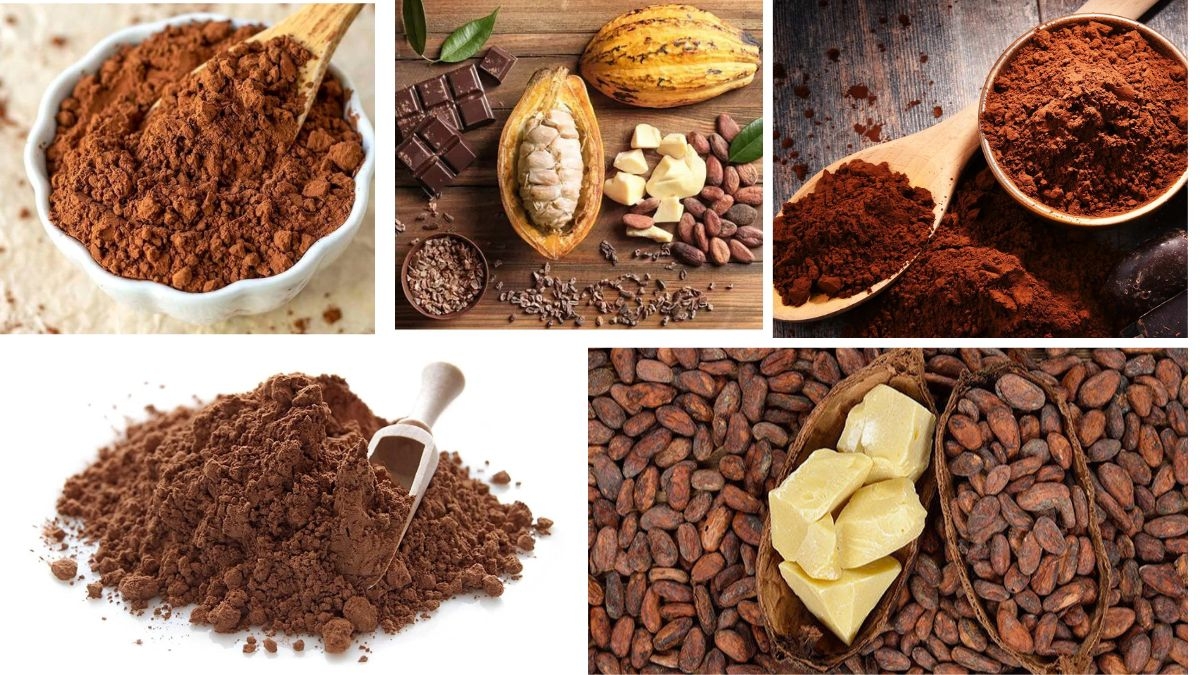
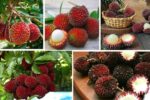


Leave A Comment